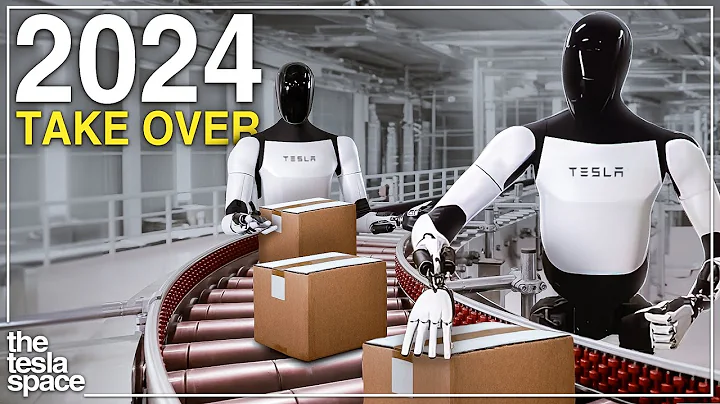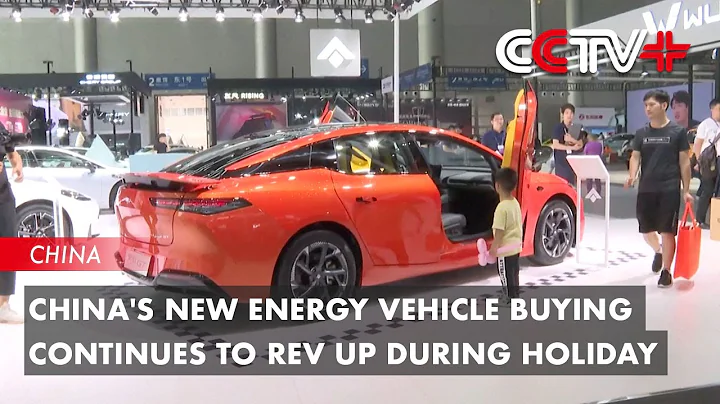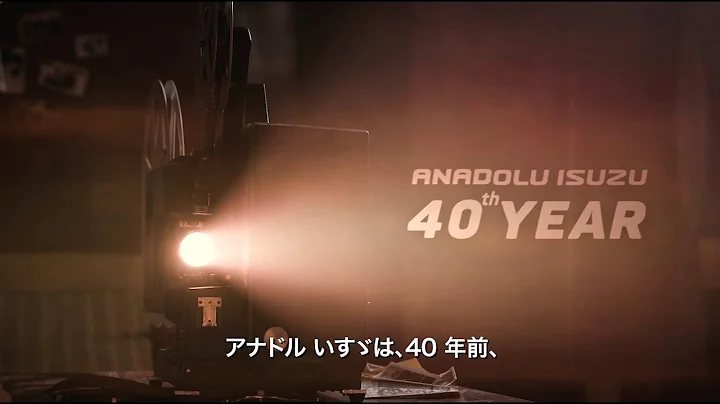Last August, at the Tesla AI Day conference, Elon Musk announced the company’s plans to start producing humanoid robots. The claim was met with a wave of criticism and skepticism. Naked Science takes a look at how advanced the technology is to build this robot, and what skills the new Tesla will be able to demonstrate if we do see it soon.

Not long ago, Tesla and Space The company may be able to demonstrate a working prototype. New date for humanoid optimus prime .
The first Tesla AI Day conference mainly focused on Tesla's most famous product-the self-driving program. also introduces the Dojo supercomputer. But the loudest news is the plan to build a humanoid robot, which was originally called Tesla Bot, and then was given the official name - Optimus Prime. The decision to try robotics isn't as strange as it might first seem.
" Tesla may be the largest robotics company in the world. Our cars are actually semi-intelligent robots on wheels," Musk explained in a speech at the time. "It seemed reasonable to give them a humanoid form. We're very good at making sensors, batteries and actuators, so we thought we might have a prototype next year."
In fact, Tesla has the most problems building these robots part of the knowledge and technology: actuators, batteries, sensors and artificial intelligence brains.
Initially, the robot will be programmed to perform the simplest actions and used in Tesla factories, but it will be improved over time, eventually freeing people from performing "dangerous, repetitive, boring tasks" mission," Musk said. The robot is capable of carrying 20kg of cargo over long distances and lifting 68kg of cargo. And he will not pose a danger to people, because people will be able to overtake him: Optimus Prime will reach a speed of no more than eight kilometers per hour. According to Musk, the robot can even be overwhelmed, but he didn't specify whether the limit was software or physical.
Does it make sense to create an anthropomorphic robot? On the one hand, all artificial space around us was created for a human being (and his form and needs), so it is also suitable for humanoid robots. On the other hand, from an robotics perspective, the human form is energy-consuming, unstable, and inefficient at performing specific tasks.
Therefore, roboticists are always faced with the question of which side to solve a work task: reconstructing the environment and optimizing the robot's movements based on how a person performs a specific job (loading the dishwasher), or based on the end goal (washing dishes). The second is simpler and more efficient – this is how production is automated today. But humanoid robots are a complex and interesting task, which is why so many companies have been developing their bipedal robots for decades.

Tesla Optimus Computer Model
The most advanced humanoid robot to date is Atlas by Dynamics Corporation of Boston, which has always claimed that its invention was primarily a scientific and design development rather than a commercial project. The company has been working on Atlas (including its predecessor) for more than a decade, and despite its impressive acrobatics, the bipedal robot still stumbles and falls frequently. We don’t even appreciate our balance as humans! What, Musk plans to achieve this in one year?
Let’s compare the declared features of the Tesla Optimus and Atlas. Optimus Prime is about 1.7 meters tall, weighs 56 kilograms, and has 40 degrees of freedom. Atlas is slightly smaller (one and a half meters), weighs significantly more (80 kilograms), has only 28 degrees of freedom and can lift about 11 kilograms. It's hard to believe that Optimus Prime can lift six times the weight. However, when one Twitter user asked if the prototype would be similar to the illustrations and mockups shown, Musk's answer was no (no wonder, check out the comparison chart below).

Known and declared characteristics and dimensions of robots from different companies
Now let us look at the characteristics of Talos by Pal Robotics. The robot was developed to work in factories, rescue operations and in space. It is 1.75 meters tall, weighs 95 kilograms, has 32 degrees of freedom and can lift up to 6 kilograms with each "hand".
Honda has more social development. They have been working on the Asimo robot since 1986. The latest version is much lower (1.3 metres) and lighter (53 kg) than the previous version - just for the convenience of working in residential premises. Asimo has 57 degrees of freedom.
Among the relatively new developments worth mentioning is AGIlity Robotics' Digit. It's also low (1.55 meters) and light (42.4 kg). It has an estimated 22 degrees of freedom but can lift up to 18kg. The robot uses lidar to navigate in space.

Atlas robot has been in development for over ten years
Against the background of these developments, the announced Optimus looks so impressive, as if that is its main goal - to look impressive. The mechanical chatbot Sophia immediately comes to mind. This robot acts like a magician, misleading its interlocutor and giving the impression of legitimacy. Andrei Sebrant, author of the TechSparks Telegram channel and director of marketing for Yandex services, calls her "an art project that has degenerated into a PR project" and emphasizes that Sophia's talent is primarily that of an operator. Sophia's co-creator Ben Goertzel openly admits that robots are pushing us into fantasies of a technological future. Also attracting investors:
"If I tell people that, with the help of probabilistic logic, I reach conclusions about how best to simplify the inverse inference trees that arise in logical machines, they will not understand me. But when I tell When they showed the robot's smiling face, they began to think that artificial intelligence might soon become a reality. Musk also mentioned general artificial intelligence (AGI) in his speech. A kind of intelligence that is different from highly specialized. It can learn, adapt and solve different problems just like a human. Musk believes their humanoid version of Optimus could play an important role in the emergence of such technology. Will they succeed? Stephan Chalup, head of the Robotics Laboratory at Newcastle University and an expert on neural networks, is optimistic: "They have the battery technology, which is usually the biggest problem. More importantly, they have experience with self-driving cars."
According to Chalap, the most difficult task will be the orientation of the robot in a house or store – which is much more difficult than driving on the road: “An optimized road is already a simplified environment with lanes, signposts and precise rules. There are no hard and fast rules for the human environment. "It will be a car: "I think they can make a two-legged driverless car that can move in our conditions." As for timing, Charlap is more critical: "We should be counting on the 2050s.

Elon Musk at the 2013 TED conference
In fact, Elon Musk has repeatedly spoken about a high-profile Tesla project that was ultimately canceled or revamped: a solar charging network , battery replacement, charging cable robots, etc. Hyperloop projects are not realized.
At last year’s conference, Optimus Prime Major developments to date: artificial intelligence technology and Dojo supercomputers project, which should improve the company's autonomous driving technology as soon as possible. The full self-driving system has entered test mode since the end of 2020, and the number of testers should be expanded to 1 million beta testers by the end of 2022. The more testers, the more data. The more, the better the unmanned system.
But training Optimus also requires a lot of data that simply cannot be collected in a year Tesla can create a humanoid robot that can walk around the stage, carry weights and perform other tasks. Simple programming actions. But can robots show more?
At the end of January 2022, Elon Musk said that he considered robots to be the company’s flagship product: “I think the main product we are doing this year is the humanoid robot Optimus . [This project], I think, has the potential to become more important than the car over time. "If a large part of the company's attention is focused on this project, good results can be obtained.
Furthermore, the requirements for such robots will still be much lower than those of driverless systems. The driving system must perform better than humans Its task is otherwise useless, and a robot can be useful even if it can perform simple actions. But for now, the main technical highlight of the next Tesla Artificial Intelligence Day is still the fully autonomous driving system. In March, the system received its largest update, version 2022.12.3.10, which included more than 250,000 new video clips for training the algorithm. Three old neural networks were also removed, which increased the number of Tesla cameras. frame rate . It is said that the system can now make decisions with more confidence.
Maybe we will hear something about Dojo
at the same time.




















